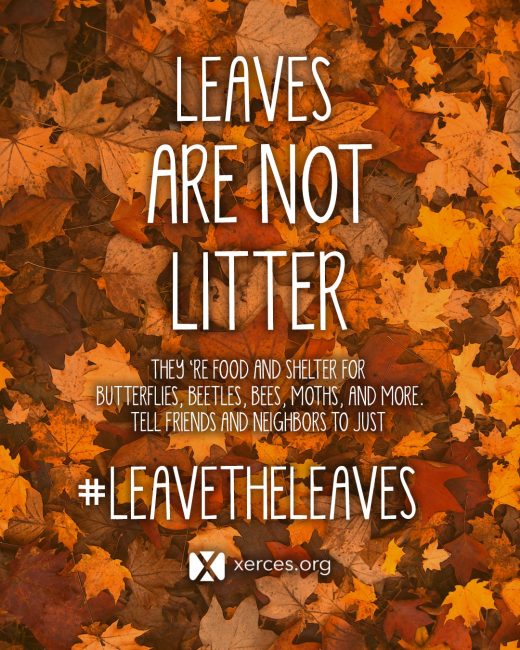Seasonal Gardening Tips
Fall Garden Clean Up and Planting Garlic

Leave the Leaves By Justin Wheeler, Scott Hoffman Black, and Deborah Seiler
Leaves are habitat, not trash
One of the most valuable things you can do to support pollinators and other invertebrates is to provide them with the shelter they need to survive the winter. Thankfully, that’s pretty easy; all you need to do is do less yard work.




